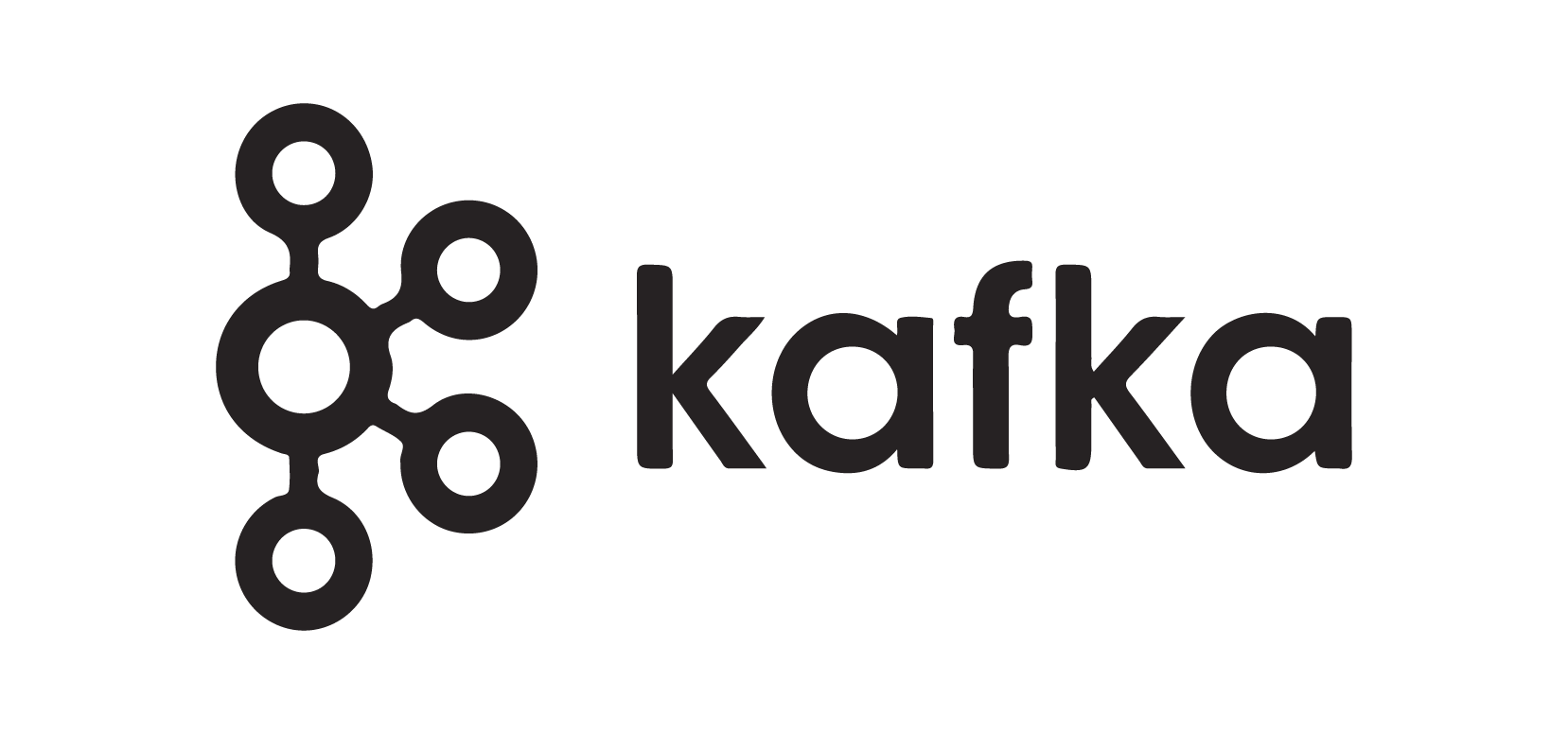The benefits of Apache Kafka monitoring services are widely appreciated across the industry.
Organizations that rely heavily on Apache Kafka for their data streaming needs can derive great benefit from the use of Kafka monitoring services.

The benefits of Apache Kafka monitoring services are widely appreciated across the industry.
Organizations that rely heavily on Apache Kafka for their data streaming needs can derive great benefit from the use of Kafka monitoring services.

Apache Kafka is a distributed messaging system that can be used to build applications with high throughput and resilience. It is often used in conjunction with other big data technologies, such as Hadoop and Spark. Kafka-based applications are typically used for real-time data processing, including streaming analytics, fraud detection, and customer sentiment analysis.

There’s a lot to consider when engineering and implementing software, whether as an update patch or a newly-introduced product. End users have certain expectations when introduced to new or updated software—at the top of the list are aesthetics, ease of use, stability, and response time—the last two of which can be significantly improved when you employ application performance management or APM.

Artificial Intelligence (AI, also called Machine Learning) is certainly making its way in the world. Technologies such as Voice Recognition, Face Recognition, Predictive Analytics, Self-driving cars, and Robotics are now becoming embedded into our society. With the advent of big-data, these technologies can become more and more powerful and more and more a part of our everyday lives.

Life for an IT architect in retail would be so much easier if people would just spread their shopping out across the year.
Since 1941 American Thanksgiving has been a holiday on the fourth Thursday of November and most American companies and schools take the following day as a holiday too with major retailers offering price reductions on this day to kick start the Christmas shopping season.

November 2021 is a good month if you’re a Fortune 500 or Global 2000 enterprise. The investments your organization has made in “integration” over the years were necessary as the organization and the IT infrastructure grew, but the Integration Infrastructure (i2) has likely been considered a necessary evil by senior management. That investment can now be leveraged in two important, new ways.

Researchers and thought leaders shared 3 predictions for enterprise CIOs and IT leaders that are particularly relevant and important to consider as we move into 2022:
Prediction 1: Through 2026, 65% of CIOs will sustain a cycle of tech-based empowerment, agility, and resilience through collaborative governance, new service delivery models, and a business outcomes orientation.

At Nastel Technologies, we strive to deliver new ways to integrate your technology stack and make your applications and platforms work better for your needs. In fact, we have almost 30 years of experience doing just that through the development of powerful yet flexible messaging middleware solutions.

Integration is now the #1 IT expense category at many enterprises and new complexities increase the burden on Service Delivery, CI/CD, IBM MQ administration, and other “integration professionals” every day. Your enterprise has Microservices, Mobile, Mainframes, Cloud, and more applications and application updates than you can count and it takes the routing of transactions, messages and more through a rapidly growing integration infrastructure layer to make it all work together. That is now a trend.
